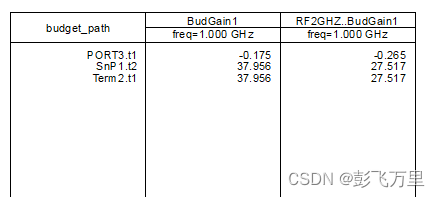数据采集
导入必要的库
import pandas as pd
import matplotlib.pyplot as plt
import seaborn as sns
加载数据集
df = pd.read_csv('D:\\桌面\\数据\\student_marks.csv')
显示数据框的前几行

# 显示数据框的形状
print("Shape of the dataframe:", df.shape)#显示列名称
print("\nColumns in the dataframe:", df.columns)# 显示每列的数据类型
print("\nData types of the columns:")
print(df.dtypes)# 显示每列的摘要统计信息
print("\nSummary statistics:")
print(df.describe())


数据加载和探索
# 计算每个测试的描述性统计数据
test_stats = df.describe()# 计算每次测试的平均值
test_means = df.mean()# 确定平均分数最高和最低的测试
highest_avg_test = test_means.idxmax()
lowest_avg_test = test_means.idxmin()
#打印最高和最低平均考试成绩
print("Test with the highest average score:", highest_avg_test)
print("Test with the lowest average score:", lowest_avg_test)

使用直方图可视化每个测试的分数分布
fig, axes = plt.subplots(nrows=3, ncols=4, figsize=(16, 12))for i, col in enumerate(df.columns[1:]):ax = axes[i // 4, i % 4]df[col].plot(kind='hist', ax=ax, title=col)ax.set_xlabel('Score')ax.set_ylabel('Frequency')plt.tight_layout()
plt.show()
使用箱线图可视化每个测试的分数分布
fig, axes = plt.subplots(nrows=3, ncols=4, figsize=(16, 12))for i, col in enumerate(df.columns[1:]):ax = axes[i // 4, i % 4]df[col].plot(kind='box', ax=ax, vert=False, title=col)ax.set_xlabel('Score')plt.tight_layout()
plt.show()

个人测试成绩分析
# 计算每次测试的平均分
test_means = df.mean()# 创建测试名称列表
test_names = df.columns[1:]
使用折线图绘制测试中的分数趋势
plt.figure(figsize=(10, 6))
plt.plot(test_names, test_means[1:], marker='o')
plt.title('Trend of Scores Across Tests')
plt.xlabel('Test')
plt.ylabel('Mean Score')
plt.xticks(rotation=45)
plt.grid(True)
plt.show()

使用条形图绘制测试中的分数趋势
plt.figure(figsize=(10, 6))
plt.bar(test_names, test_means[1:])
plt.title('Trend of Scores Across Tests')
plt.xlabel('Test')
plt.ylabel('Mean Score')
plt.xticks(rotation=45)
plt.grid(True)
plt.show()

趋势分析
# 计算相关矩阵
correlation_matrix = df.corr()#使用热图可视化相关矩阵
plt.figure(figsize=(10, 8))
sns.heatmap(correlation_matrix, annot=True, cmap='coolwarm', fmt=".2f")
plt.title('Correlation Matrix of Test Scores')
plt.show()

报告
# 审查和完善# 识别并处理丢失或不一致的数据
#检查缺失值
missing_values = df.isnull().sum()
print("\nMissing Values:\n", missing_values)# 处理缺失值(例如:用平均值填充)
df_filled = df.fillna(df.mean())# 使用精炼数据重新计算描述性统计数据和趋势
refined_test_stats = df_filled.describe()
refined_test_means = df_filled.mean()# 用精炼后的数据重新计算相关矩阵
refined_correlation_matrix = df_filled.corr()# 使用精炼的分析结果查看并更新报告 精炼报告 = '''
# 学生考试成绩分析报告(精炼版)## 数据集概述该数据集包含有关学生在 12 项测试中的成绩的信息。- Number of students: {}
- Number of tests: {}## 分析结果(精炼)### 描述性统计每个测试的描述性统计:{}### 趋势分析各测试的分数趋势:### 模式识别测试成绩的相关矩阵:## 结论基于对数据集的精细分析,可以突出以下观察结果和见解:
- The highest average score is obtained in the test: {}
- The lowest average score is obtained in the test: {}
- T测试分数显示测试 X 和 Y 之间存在正/负相关性,表明存在潜在关系。可以进行进一步的分析和探索,以获得对数据集更深入的了解。'''# 保存细化的趋势分析图
plt.figure(figsize=(10, 6))
plt.plot(test_names, refined_test_means[1:], marker='o')
plt.title('Refined Trend of Scores Across Tests')
plt.xlabel('Test')
plt.ylabel('Mean Score')
plt.xticks(rotation=45)
plt.grid(True)
plt.savefig('refined_trend_of_scores.png')# 保存细化的相关矩阵热图
plt.figure(figsize=(10, 8))
sns.heatmap(refined_correlation_matrix, annot=True, cmap='coolwarm', fmt=".2f")
plt.title('Refined Correlation Matrix of Test Scores')
plt.savefig('refined_correlation_matrix.png')# 使用精炼的分析结果更新精炼的报告
refined_report = refined_report.format(df_filled.shape[0], df_filled.shape[1] - 1, refined_test_stats.to_string(), highest_avg_test, lowest_avg_test)# 将精炼后的报告保存为 Markdown 文件
with open('refined_student_scores_report.md', 'w') as f:f.write(refined_report)
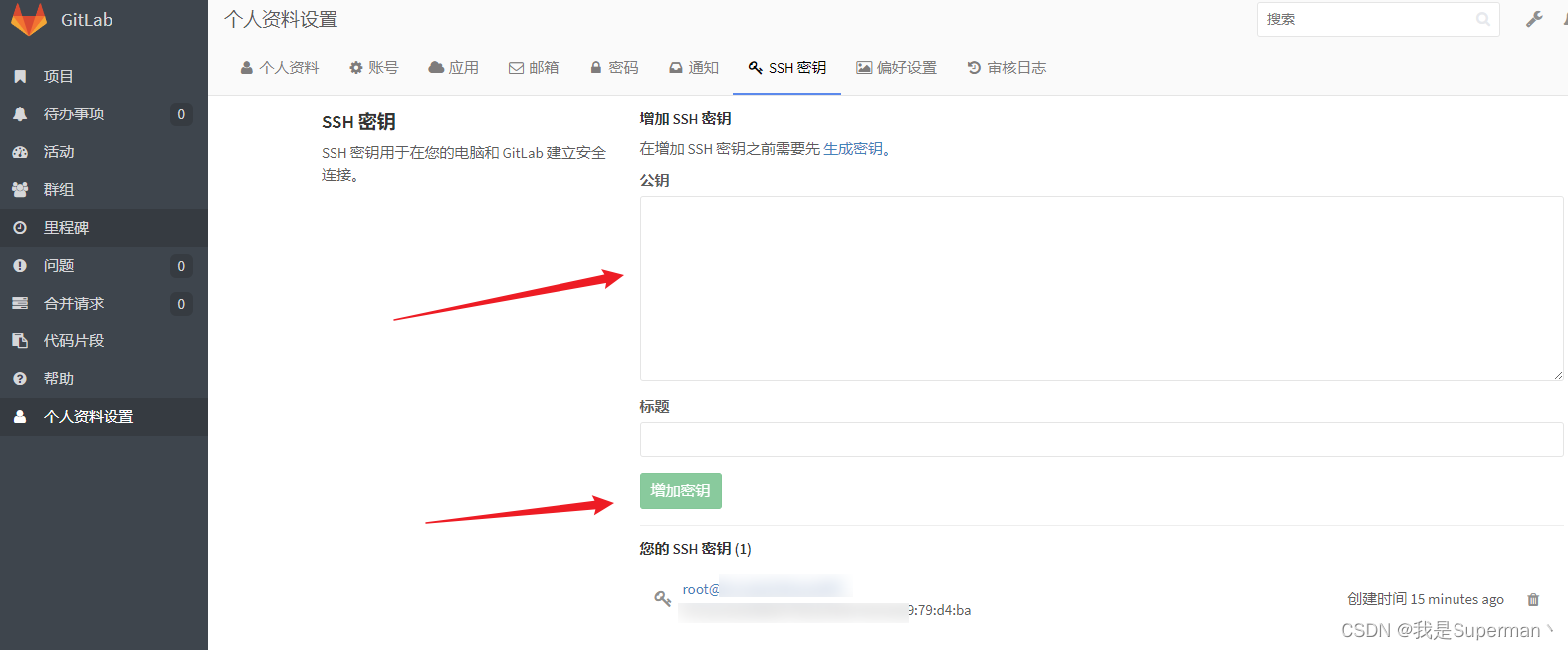
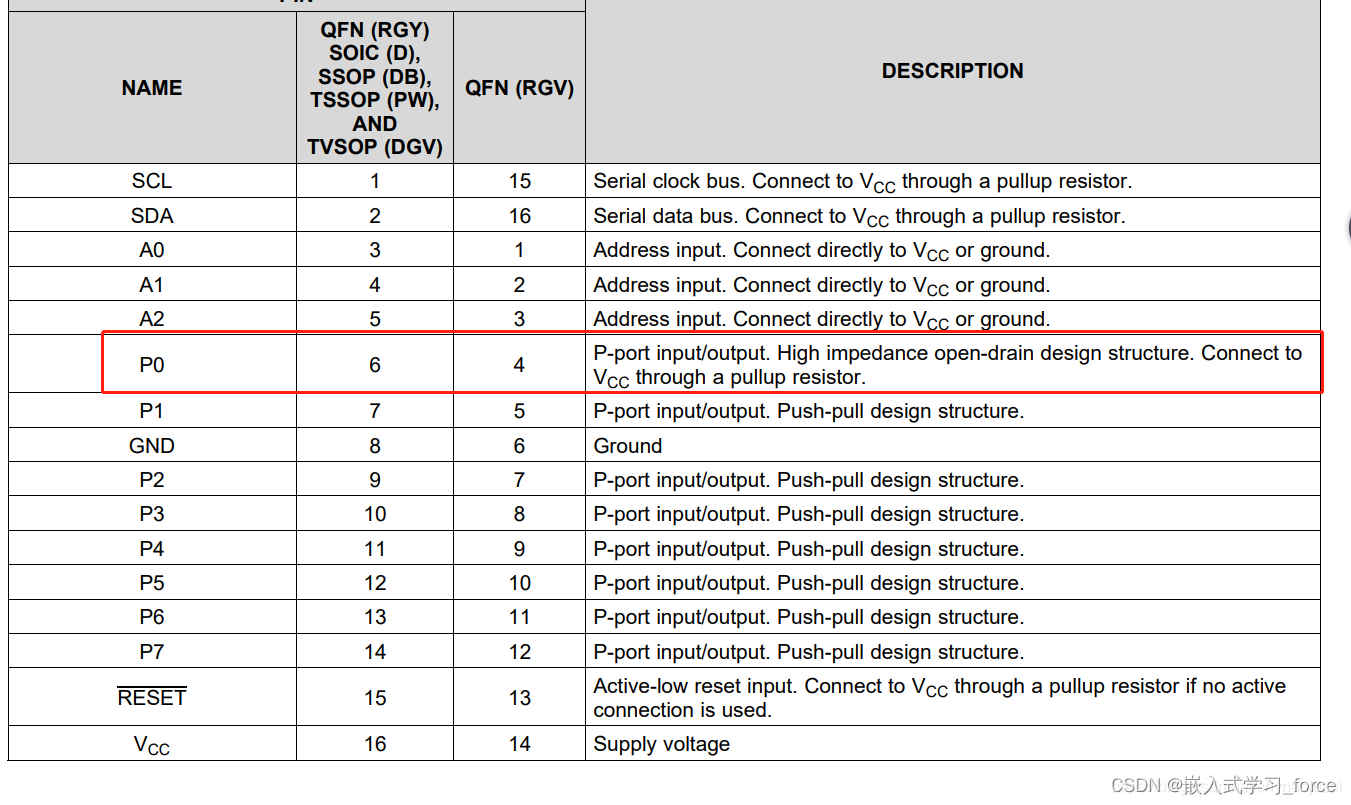
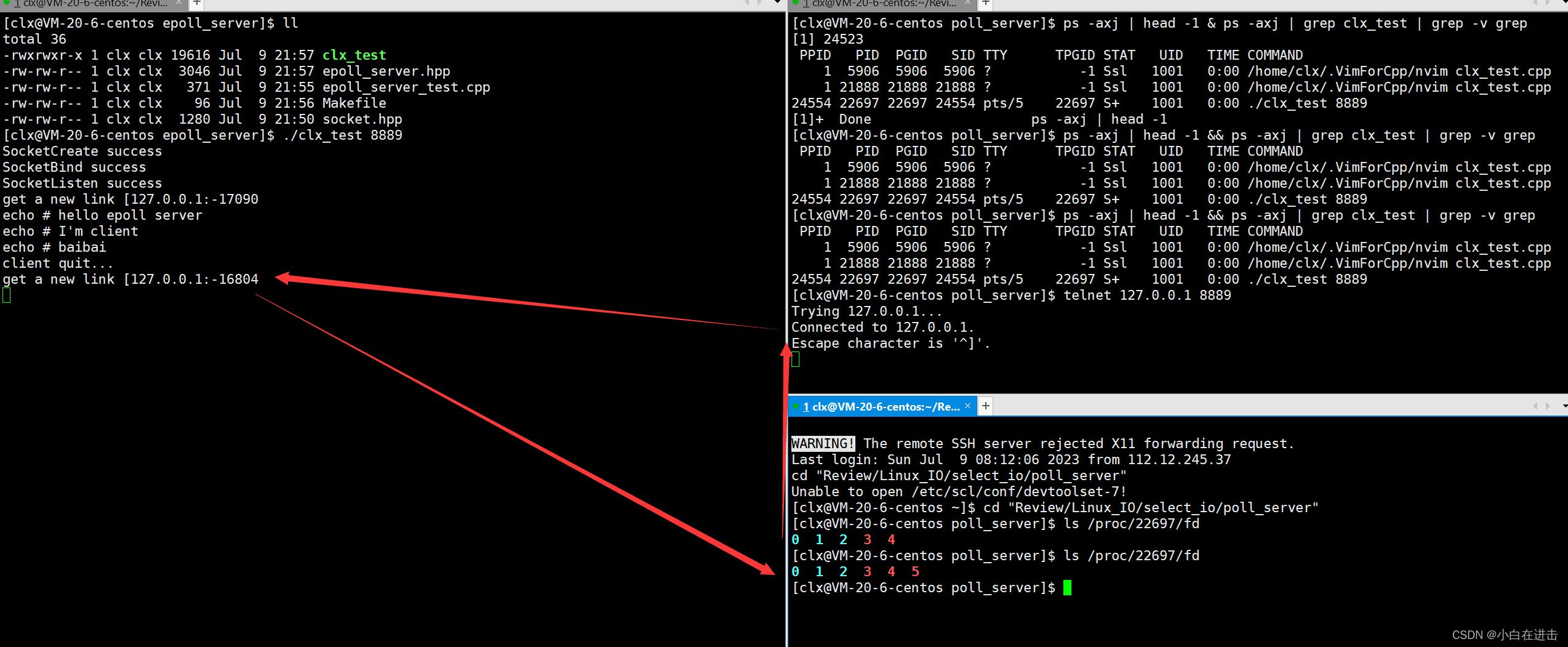
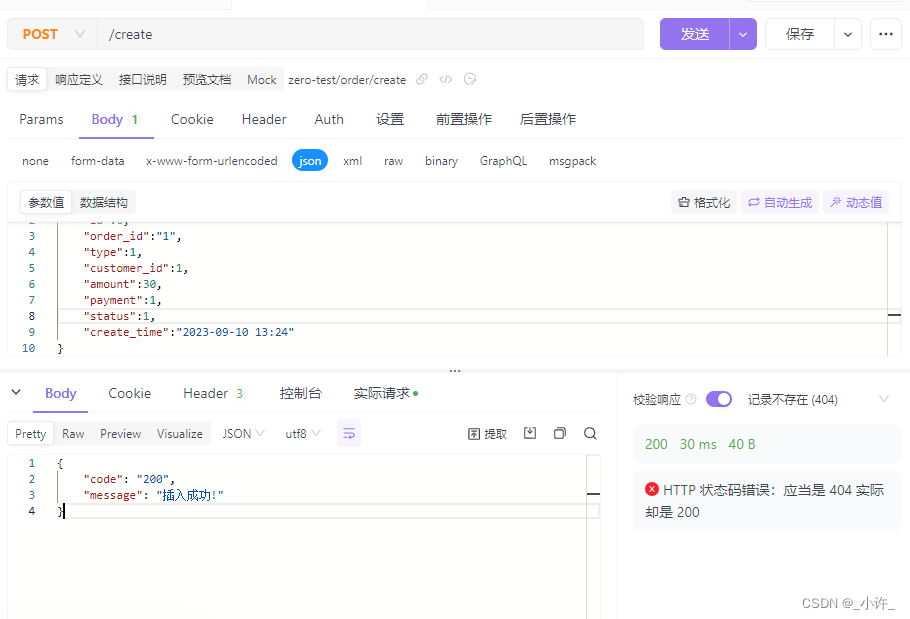

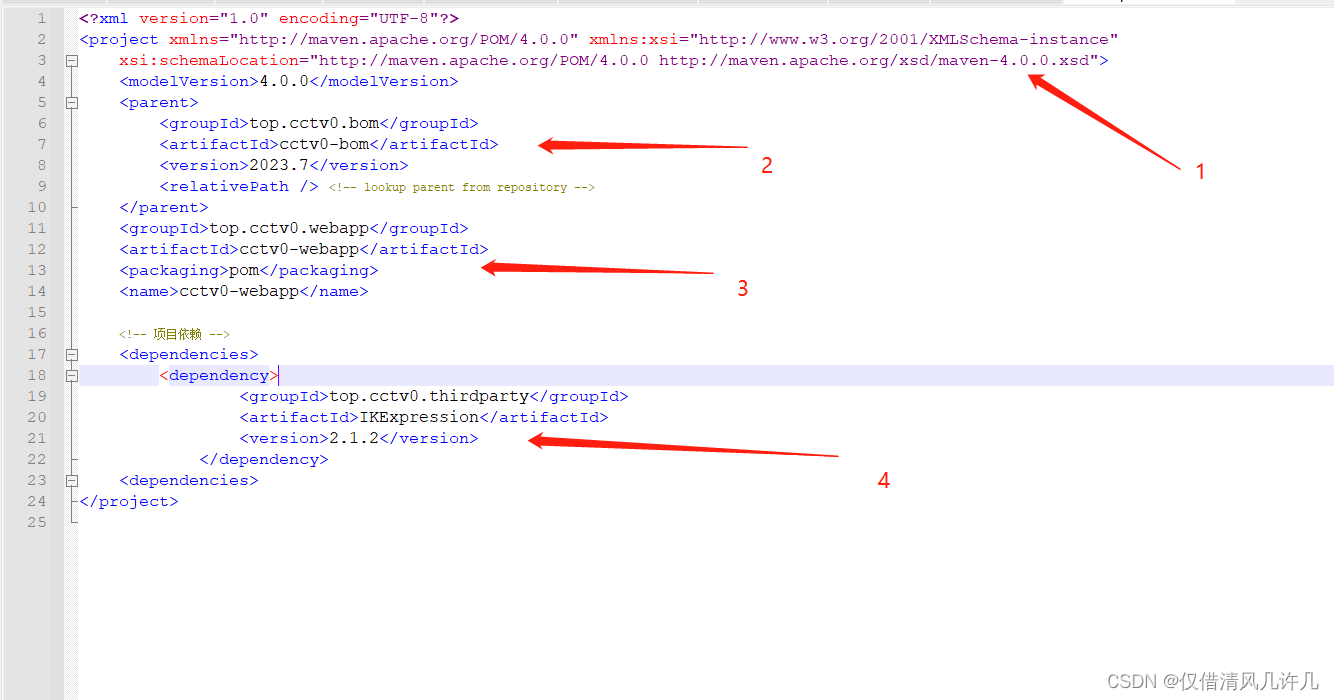

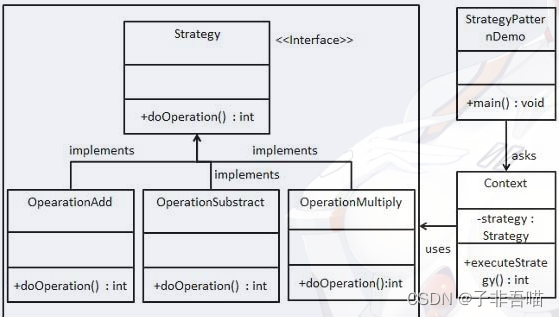

![[MySQL]MySQL表的约束](https://img-blog.csdnimg.cn/img_convert/b9e4b96ebb23d89bbbd83524581e5c43.png)
